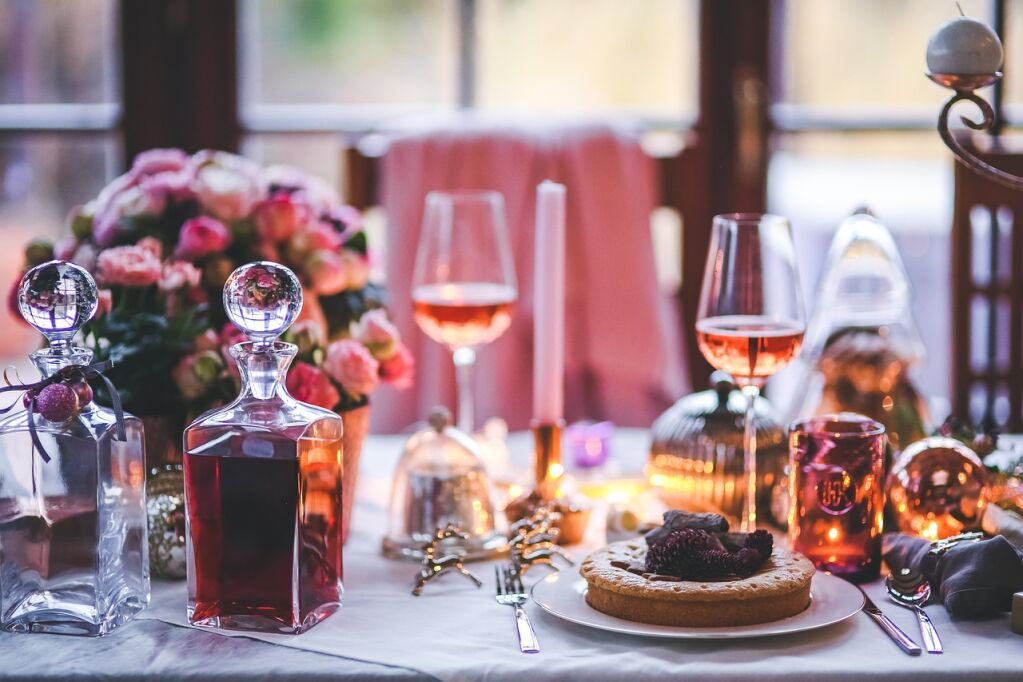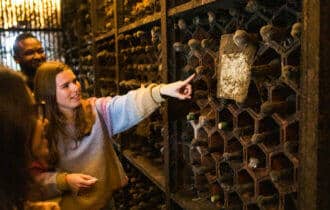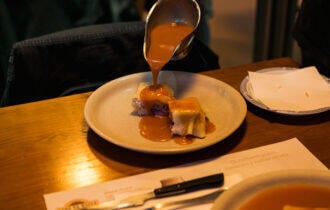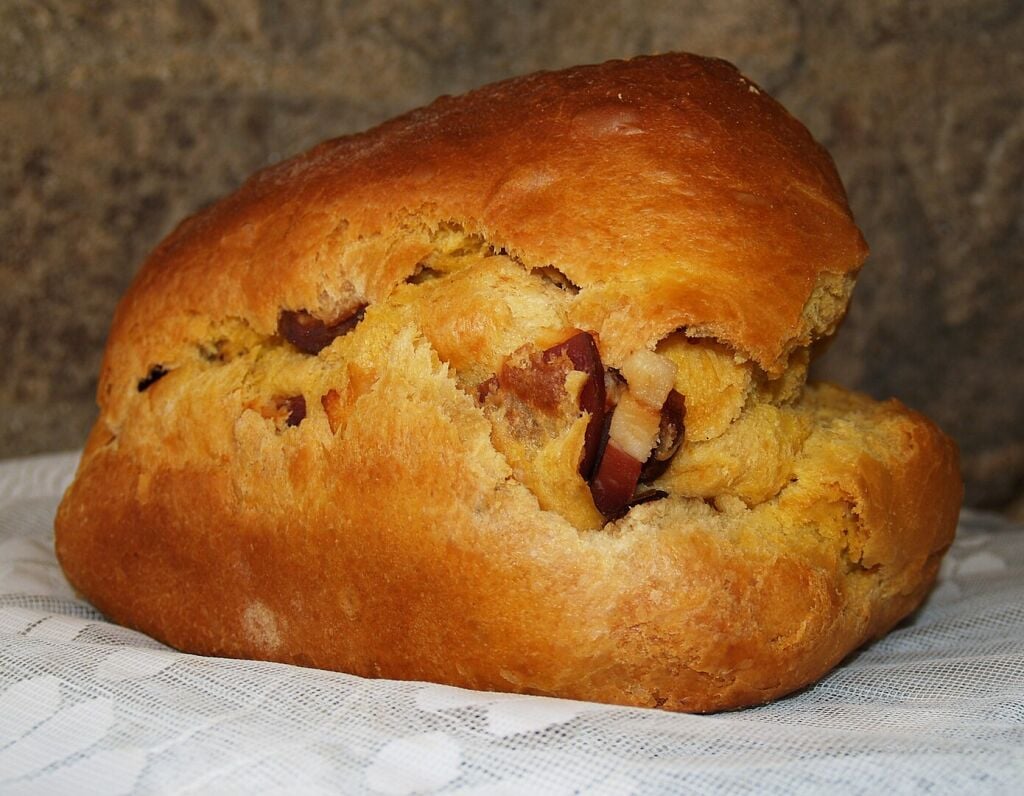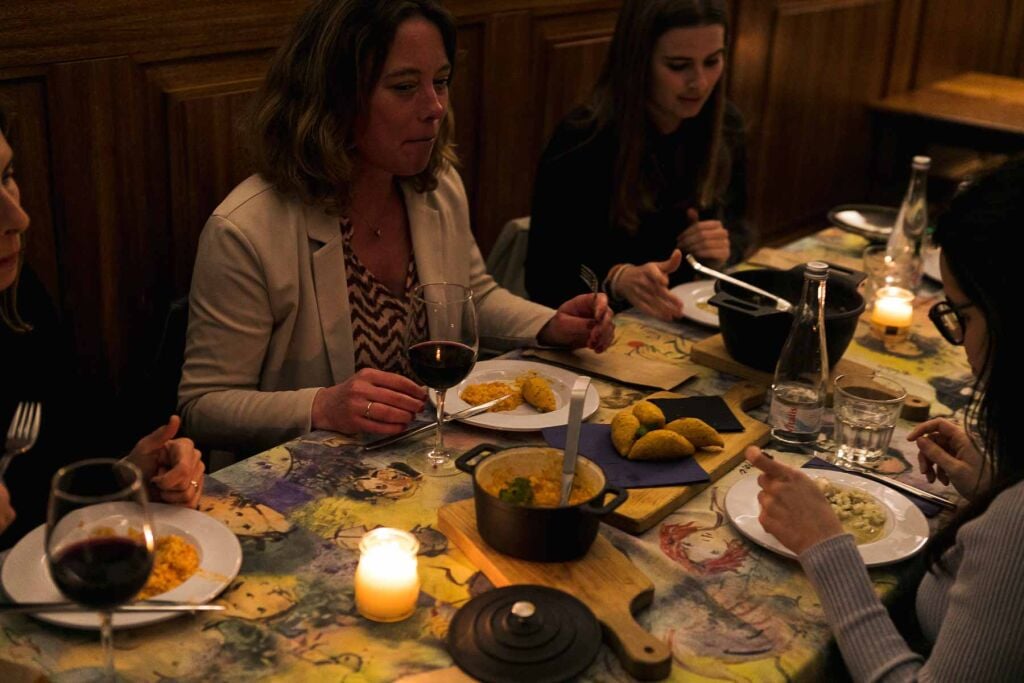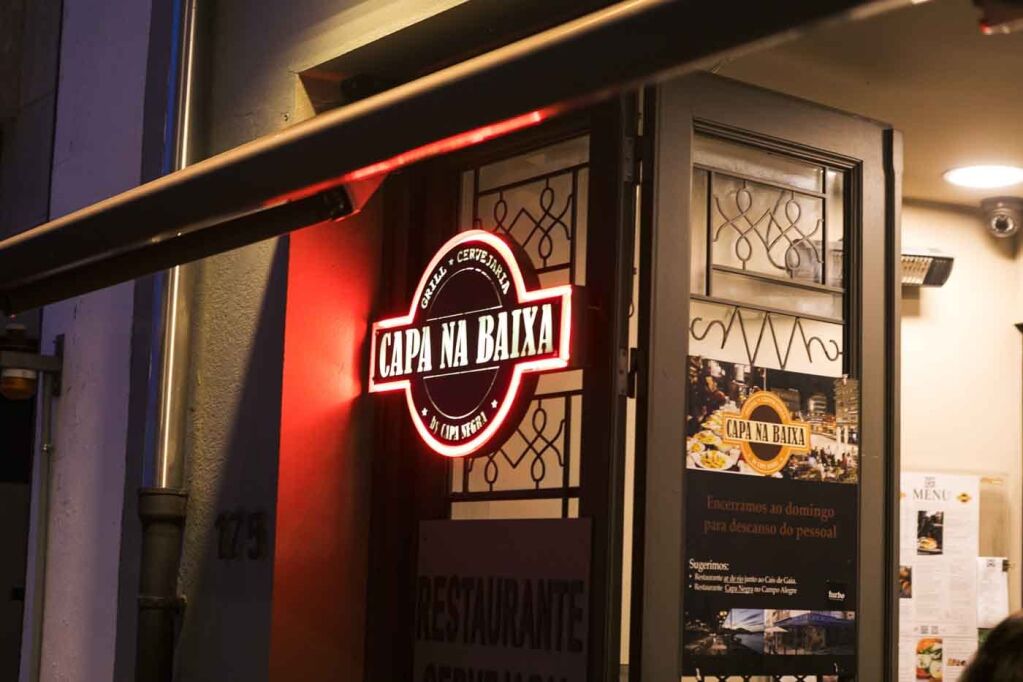Port wine is the signature drink of the city of Porto. However, there are several different types of port wine. Each is made with different techniques and slightly different grapes, or aged in different ways to make them distinctly unique. The different vintages and specialist wine makers offer interesting takes on each type of port wine.
You’re sure to come across a few different types of port wine during your Porto food tour. So, I put together this port Wine primer to help you find the ones that best suit your tastes and the occasion.
What Makes Port Wine Different
Port wine isn’t just a type of wine from the Douro Valley that surrounds Porto. It’s also a fortified wine, which means a small volume of grape spirits like brandy or Portuguese aguardente is added at key point in the fermentation process.
Not only does this boost the alcohol by volume percentage, but it also arrests the fermentation by effectively killing the active yeast. This leaves more of the character, flavor, and natural sugars of the grape in the wine.
The fortified body of this Portuguese wine makes it a great “digestif” after-dinner drink or dessert wine. However, some types of port wine are perfectly suited as an aperitif before a meal, or as the base for a spritzer, tonic, or similar wine cocktail.
Most port wine is made from Portuguese grape varieties, such as Touriga Nacional, Touriga Franca, and Tinta Roriz, which are prevalent in the Douro River Valley. Then, the aging process will determine the style of port; ruby, tawny, or vintage. The process of fermenting, fortifying, and labeling port wine is overseen by the Instituto dos Vinhos do Douro e Porto (IVDP). This ensures all regulations are precisely followed.
Ruby Port
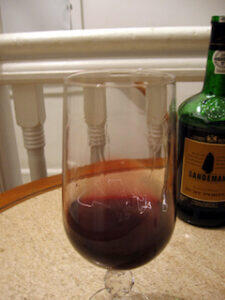
Ruby Port has the shortest fermentation time of any type of port wine. It’s usually made using Touriga Nacional or Touriga Franca. Then aged in large vats, for only two to three years, which reduces the exposure to oxygen. This helps the ruby port to maintain more of the character of the grape and the terroir of the land it was grown in.
It’s known for its fruity, vibrant character as it has a lot of the natural grape sugars dissolved in solution. When I taste a great ruby port, my palate is dazzled with a burst of cherry and berry along with an aroma of plums with a deep red fruit color.
One of the best places to try ruby port wine is at Taylor’s Port Lodge Vila Nova de Gaia. They have a long-standing reputation for some of the best ruby ports in Porto. I find their ruby ports to be lively and complex with fruity flavors. I also love their outstanding views of the Douro River.
Taylor’s Port Lodge (€€) – Rua do Choupelo 250, 4400-088 Vila Nova de Gaia, Portugal – Open every day from 10:00 AM to 6:15 PM.
Tawny Port
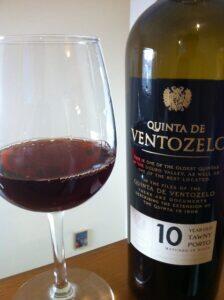
Several things set tawny port wine apart from other types of port. Starting with it being aged in wooden casks, which allows for a small amount of evaporation and oxidation over time. This tends to give tawny pPort a complex, mellow flavor with notes of nuttiness, hints of caramel, and the slight tang of dried fruit characteristics. Mature tawny port wine also tends to have a slightly golden-brown color.
Some tawny port wine makers will blend different vintages to produce a consistently balanced product. You’ll see this reflected in the labels which indicate the average age of the wine, such as 10, 15, 20 year old or even 40 year old tawny port. Rather than giving a specific year as you find with other types of port and traditional wines.
I recently had an aged tawny port at Cockburn’s Port Lodge, which I think is one of the best port houses in Vila Nova de Gaia. It had a nuttiness that was reminiscent of walnuts with hints of caramel, and a slightly spicy finish with notes of dried figs, and raisins.
Cockburn’s Port Lodge (€€€) – Rua de Serpa Pinto 346, 4400-307 Vila Nova de Gaia, Portugal – Open every day from 9:00 AM to 6:30 PM.
White Port
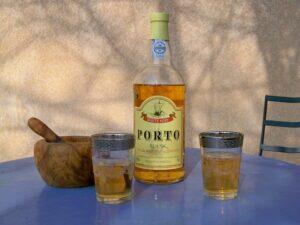
White port wine differs from other types of traditional port wine as it’s made from white grapes such as Malvasia Fina, Viosinho, Gouveio, Rabigato, or Códega. This produces a fortified wine with a lighter, fresher tasting notes compared to ruby and tawny port wine. It also makes white port an acceptable aperitif to be enjoyed before or even during a meal.
It’s typically aged in oak barrels which adds to the character of the white port. However, the fortification process of adding grape spirits can change depending on the vintage and the winemaker.
If the fortification process happens early, it tends to yield a bright, sweet wine with tangy acidity. It’s often more suitable for pairing with desserts or blending with seltzer to create a white port spritzer cocktail.
If the fortification happens later in the fermentation process it tends to yield a dryer white port. This is often better suited for pairing with seafood, cheese courses, or olives. Dry white port wine can be mixed with tonic water and garnished with lemon or mint to create a refreshing cocktail.
A while back I attended one of the frequent wine tasting events at Mercado Beira-Rio, where I had an amazing Lágrima white port. It had a forward flavor of honey, ripe peaches, and caramel with subtle backend notes of vanilla and almond.
Mercado Beira-Rio (€€) – Av. de Ramos Pinto 148, 4400-261 Vila Nova de Gaia, Portugal – Open every day from 11:00 AM to 10:00 PM.
Vintage Port
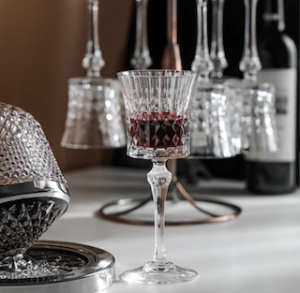
Vintage port wine is prized for both its quality and its rarity. It’s made from only the best red wine grapes in the Douro Valley. The best wineries around Porto will only make vintage port from an exceptional grape harvest. It’s not unusual for a high-end winery to only make two or three batches of vintage port in a decade.
It’s then aged in oak casks for 2 to 3 years and bottled to allow the port to go through a period of bottle aging. This drastically reduces oxidation, while also helping it develop in complexity.
Bottle aging also helps some of the natural sediment to settle out of the solution. Thus giving the wine a silky mouthfeel. However, you need to decant the bottle to ensure none of the sediment makes it from the bottom of the bottle to the glass.
The best bottle of vintage port I’ve ever enjoyed was a 2011 at Churchill’s Port Lodge. It’s widely considered to be one of the best years for port wine in the 21st century. From the first sip, my palate basked in the complex flavors of dark fruits, chocolate, and spices with the powerful presence of tannins.
Churchill’s Port Lodge (€€€€) – Rua da Fonte Nova 5, 4400-156 Vila Nova de Gaia, Portugal – Open every day from 10:00 AM to 6:00 PM.
Late Bottled Vintage Port
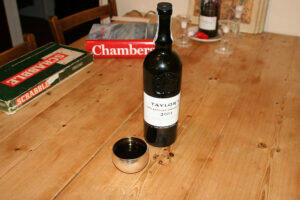
Late bottled vintage port (LBV) wine is made from high-quality grapes similar to vintage port wine. However, it’s meant to be consumed much sooner than its top-shelf counterpart, which makes it more common and accessible to the average person.
LBV port is usually aged in casks for four to six years and then bottled without the intention of bottle aging it. This means most of the fermentation occurs in the cask, without the sediment you typically find at the bottom of a more expensive aged bottle of Vintage Port.
I’ve had several great late-bottle vintage ports throughout Porto and the surrounding area. However, one of my recent favorites was a 2015 LBV port from Quinta do Noval’s wine bar. It had a fruitiness that wowed me with its complexity and a smooth finish that left me wanting more.
Quinta do Noval (€€€€) – Av. de Diogo Leite 256, 4400-111 Vila Nova de Gaia, Portugal – Open every day from 11:00 AM to 7:00 PM.
Six Grapes Port

Six Grapes Port is a special type of reserve ruby port created by Graham’s Port House. It takes its name from the six grape varieties blended to make it. The way they combine high-quality Touriga Nacional, Touriga Franca, Tinta Roriz, Tinta Barroca, Tinto Cão, and Tinta Amarela is similar to the blending technique of tawny port wine.
However, it’s aged more like ruby port with only a short time in barrels. This gives it a full-bodied, fruit-forward flavor profile that has a character slightly reminiscent of vintage port. It’s especially lively when you pair it with a dark chocolate dessert or cheese course.
The last time I was at Graham’s Port House I found the Six Grapes Port had a deep red color with vibrant flavors of ripe plums, cherries, and a smoky, almost chocolate finish. It was a perfect pairing with the cheese course I was enjoying and accented the Queijo da Serra cheese on the board.
Graham’s Port Lodge (€€€) – Rua do Agro 141, 4400-003 Vila Nova de Gaia, Portugal – Open every day from 9:30 AM to 6:00 PM.
Conclusion
Porto and nearby Vila Nova de Gaia truly are the perfect places to explore all the different types of port wine. From a high-end experience like a bottle of vintage port at Churchill’s Port Lodge to an after-dinner LBV at Quinta do Noval or a white port spritzer, there’s a lot to love. One could argue that no Porto food tour is complete without at least sampling one, or two authentic port wines.

